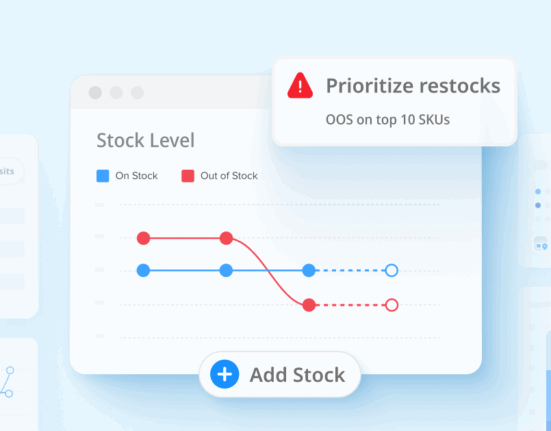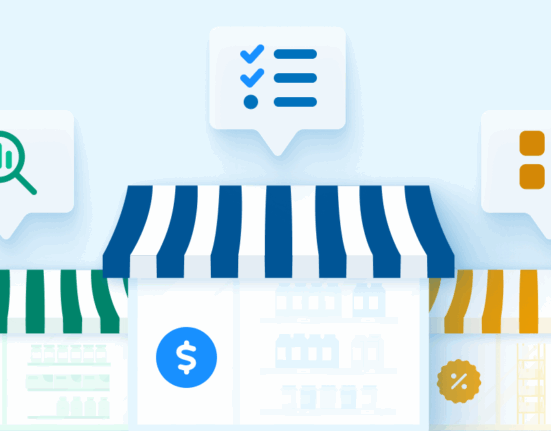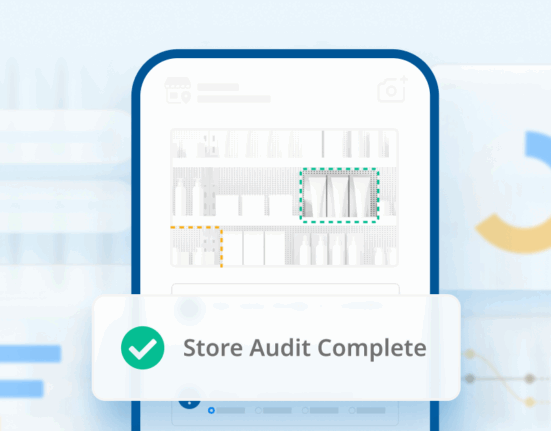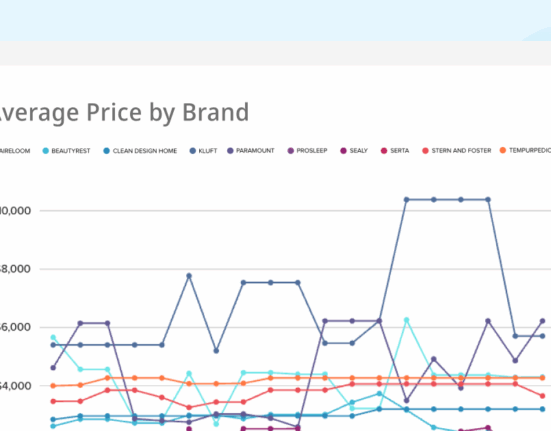Pricing information is readily available for consumers at any time of day. Whether they’re looking online or in-store, they can find real-time prices in the blink of an eye.
To put this in perspective, 96 percent of Wiser survey participants stated that they plan on comparing prices before making purchase decisions. They’re actively staying up-to-date on price changes and trends to find the best deal before deciding on a product.
What does this mean for retailers and brands? How does it impact eCommerce? How can you remain competitive with the growing availably of information for consumers? We surveyed over 1,200 people to find out how price intelligence impacts consumers’ shopping decisions.
Here’s what they had to say.
How Do Consumers Compare Prices?
Most shoppers (63 percent) are doing a quick Google search to find out if they can find a better price for the products they’re interested in to optimize their spending. Twenty-four percent are using mobile apps to compare prices, find discounts, and more. An additional resource that consumers take advantage of is their network of friends and family.
Four percent of our survey participants typically compare prices with others who have bought similar products to find the best price possible. Nine percent selected “other” for this question—those people are comparing prices to those listed on Amazon, various advertisements, websites, and more. From this, it’s clear that shoppers are looking for the most competitive pricing before making a purchase.
Does this apply to every facet of the retail experience though? Here are the products that our survey participants typically compare the prices of:
- Electronics (laptops, cellphones, computers, etc.) – 90 percent
- Appliances (dishwasher, microwave, refrigerator, etc.) – 84 percent
- Food – 78 percent
- Streaming Devices (televisions, DVD players, Roku, Alexa, etc.) – 71 percent
- Clothing – 71 percent
- Other – 13 percent
In the “Other” category, we found that consumers were also comparing the prices of the following items:
- Cars/Vehicles
- Cleaning Supplies
- Makeup/Beauty Products
- Vacations
- Decor
- Toys
- Entertainment
- Everything
From this, it’s clear that price comparisons are a huge piece of the current shopper experience. This trend impacts omnichannel, eCommerce, and brick-and-mortar brands and retailers on a daily basis.

Consumer Shopping Preferences
To get a better understanding of how price impacts shoppers’ decisions to buy, we first asked our consumers if they prefer to buy directly from a brand or from a third-party seller for a lower price.
Seventy-eight percent of respondents stated that they’d rather buy an item from a third-party seller for less. This statistic means it’s imperative to monitor any MAP policies that you have in place because, based on our survey results, consumers are likely to buy the lowest possible price regardless of seller.
To dig deeper into the impact of price versus brand loyalty, we asked our survey participants if they’d rather purchase an item from a well-known brand for a higher price or a lesser-known brand for a lower price. In this case, 52 percent stated they’d rather pay a higher price for the well-known brand. So, brand loyalty does play a slight role in a consumers purchase decision but the brand, value of the product to the consumer, and other factors also impact that purchase decision.
You may be wondering, how important are price comparisons to the customer experience? Luckily, we’ve got that answer for you too. The largest majority (31 percent) rated price comparisons as the most important aspect of their shopping experience.
The average answer to this question was 8.5/10. That means pricing comparisons are a real threat to sales; theoretically, having lower prices will give you a bigger competitive advantage over other brands and retailers in your space.
Is it time to rethink your pricing strategy?
31% of Wiser’s survey participants rated price comparisons as the most important aspect of their shopping experience.
Do Mobile Apps Make an Impact?
As part of the omnichannel world, mobile apps have begun to take over as another resource for shopping and price intelligence. As the demand for mobile apps grows, so too does the availability of new discounts, pricing information, and much more that could impact your brand, pricing, and marketing strategies.
Here’s how mobile apps currently impact your customer’s shopping experience.
First, we found that 88 percent of our survey participants do use mobile apps to shop. Of those people, 92 percent have found that the introduction of mobile apps to the shopping experience has made it much easier for them to compare prices.
Finally, 92 percent of those who use mobile apps to shop typically check product prices using a mobile app when they’re shopping both online and in-store. From this information, it’s clear that mobile apps do have an impact on the consumer experience and provides them with even more intelligence about new products, sales, discounts, and more.

What Can You Do to Win on Price?
You can’t remove the available information from consumers. You can, however, create actionable retail pricing that incentivizes shoppers to buy from your brand instead of competitors. Consumers all have their reasons for looking for better prices and sales; here are the top reasons why according to our survey participants:
- To save money/find the best deal
- To stick to a budget
- To maximize the value of their money
Understand the price perception of your brand to optimize your pricing strategy and remain competitive with the available price information and your customers’ needs.
On top of that, understand what your competitors are doing with their pricing strategy. Whether you focus on dynamic pricing or opt for an alternate pricing strategy, it’s crucial that you continue to monitor the impact of your prices on sales because your customers stay up-to-date on pricing information in real-time.









